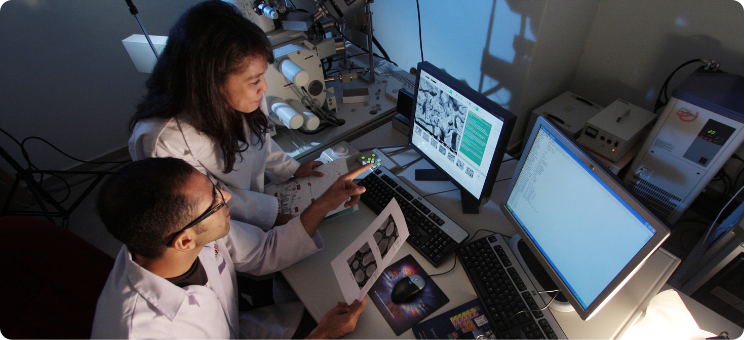About The Ottawa Hospital
The Ottawa Hospital is one of Canada's largest learning and research hospitals, with over 1,400 beds, three campuses, and 12,000 staff members. Since 2001, The Ottawa Hospital's research initiatives have contributed $2.3 billion to Ottawa's economy. Ranked 4th in Canada for peer-reviewed funding from the Canadian Institutes of Health Research, the hospital supports 59 scientific research labs, 11 spin-off companies, 18 state-of-the-art core research facilities, and 11 national research networks.
As one of Canada's leading teaching hospitals, the organization aimed to enhance bedside care by enabling staff to access patient information in real-time across all campuses.
The Challenge
With nearly 3,000 physicians and resident physicians, the hospital CIO recognized that being able to securely access patient data in real-time would greatly improve patient care. The hospital asked Apption to replace outdated legacy applications, and create a unified platform that could retrieve and visualize data through an iPad interface. This new user interface that had to seamlessly integrate with its clinical data repository while complying with provincial and federal data regulations.
Apption’s Solution
Apption leveraged its expertise in data visualization, engineering, and product development to build a secure, custom system for The Ottawa Hospital. The solution was built with compliance at its core, adhering to PHIPA and PIPEDA standards to ensure regulatory and security requirements were met.
Technology Strategy & Architecture
Comprehensive review of cross-platform technologies to identify the best approach for replacing the existing iPad application and desktop client.
Single Page Application (SPA) architecture leveraging Bootstrap for a modern, responsive design.
Followed an iterative UI/UX design process, collaborating closely with hospital teams to refine workflows and enhance user experience.
Utilization of backend REST APIs with Java to ensure seamless integration with the hospital’s data systems.
Detailed documentation on the evolution of web-based architectures, emergent technologies, and industry best practices for future scalability.
Options Analysis to rigorously evaluate and compare viable technologies based on selection criteria.
Implementation & Adoption
Developed detailed cost estimates and staffing requirements to transition from the existing mobile solution to the proposed technology stack.
Enhanced physician productivity by enabling real-time access to patient data through an intuitive iPad interface, reducing administrative burdens and improving bedside decision-making.

Outcome
The modernized SPA-based data interface improved bedside care by providing real-time access to patient data. Physicians could seamlessly collaborate and make informed medical decisions without being restricted to desktop computers or limited mobile applications.
The new system:
Enhanced bedside patient care through improved and responsive data access.
Reduced physician time spent searching for and interpreting data.
Ensured full compliance with PHIPA and PIPEDA regulations for secure patient data handling.
Overall, this transformation was a resounding success, optimizing hospital resources while significantly improving patient care.



